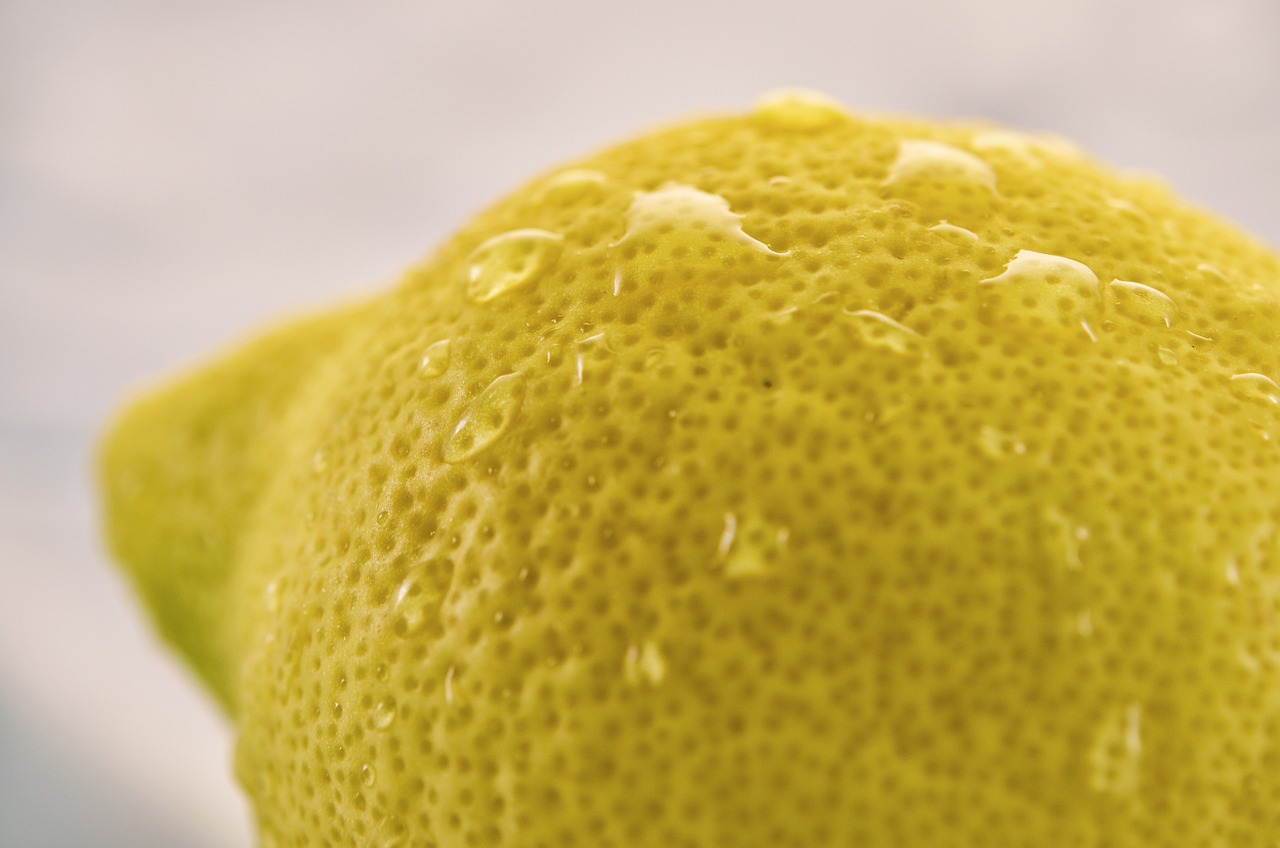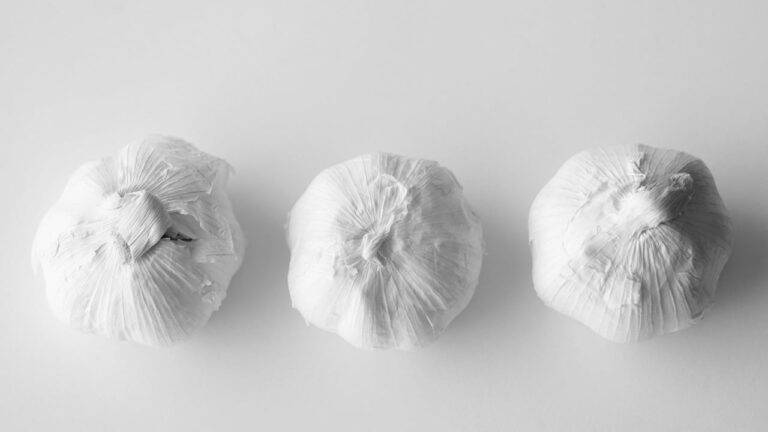Sustainable Packaging Alternatives: Biodegradable Plastics
Biodegradable packaging plays a crucial role in reducing environmental impact. Conventional packaging materials like plastics can take hundreds of years to break down, contributing to pollution and endangering wildlife. Biodegradable alternatives, on the other hand, decompose much faster and in a more sustainable manner, thereby lessening the burden on our planet.
By opting for biodegradable packaging, businesses can demonstrate their commitment to sustainability and corporate social responsibility. Consumers today are increasingly conscious of the environmental footprint of the products they purchase, and embracing biodegradable packaging is a tangible way for companies to align with these values. Moreover, as regulations around environmental protection tighten, using biodegradable packaging can help organizations stay ahead of the curve and avoid potential liabilities associated with non-compliance.
Types of Biodegradable Materials Used in Packaging
Biodegradable packaging materials come in various forms, each with its own unique advantages. One common type of biodegradable material used in packaging is PLA, which is a bioplastic made from renewable resources like corn starch or sugarcane. PLA is compostable and breaks down into non-toxic components, making it a popular choice for eco-conscious companies looking to reduce their environmental impact.
Another popular biodegradable material used in packaging is bagasse, a byproduct of sugarcane processing. Bagasse is sturdy, heat-resistant, and compostable, making it an excellent option for food packaging and disposable tableware. By utilizing materials like PLA and bagasse in packaging, companies can reduce their reliance on traditional plastics and move towards more sustainable alternatives.
Advantages of Using Biodegradable Packaging
Biodegradable packaging offers a sustainable solution to the environmental challenges posed by traditional plastic packaging. By utilizing materials that can naturally decompose over time, biodegradable packaging helps reduce the amount of plastic waste that ends up in landfills and oceans. This eco-friendly packaging option also minimizes the carbon footprint associated with production and disposal, contributing to overall environmental conservation efforts.
In addition to its positive impact on the environment, biodegradable packaging also appeals to consumers who are increasingly seeking eco-conscious products. Companies that prioritize biodegradable packaging can enhance their brand image and attract environmentally-conscious customers who value sustainability. Moreover, as biodegradable materials continue to evolve and become more cost-effective, businesses can potentially reduce packaging expenses while adhering to sustainable practices.
Why is biodegradable packaging important?
Biodegradable packaging is important because it breaks down naturally and does not release harmful chemicals into the environment. This helps reduce pollution and minimize the impact on ecosystems.
What are some common types of biodegradable materials used in packaging?
Some common types of biodegradable materials used in packaging include cornstarch, sugarcane bagasse, bamboo, paper, and cardboard.
What are the advantages of using biodegradable packaging?
Some advantages of using biodegradable packaging include reducing waste in landfills, lowering carbon footprint, minimizing pollution, and promoting sustainability. Additionally, biodegradable packaging is often compostable, which can further benefit the environment.







